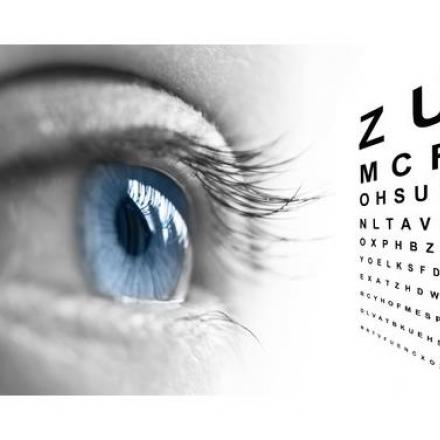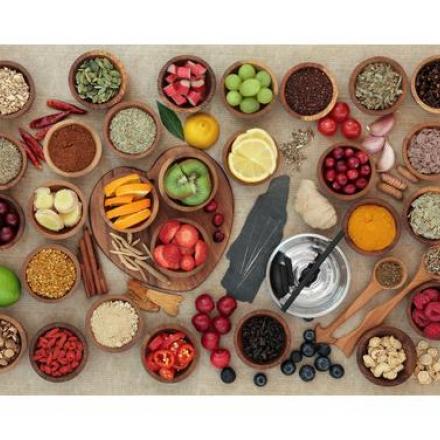
How to Improve Eyesight Naturally
To understand How to improve eyesight naturally, it’s important to understand parts of the eye and what nutrition can affect each of these parts.
And when you do, you can prevent eyesight deterioration or eyesight distortion as you get older. The basic fact to remember about foods for eyesight is that your eye needs antioxidants. Your retina needs antioxidants! There is more vitamin E and vitamin C in your eye than any other part of the body. This is because there is more oxygen flow is highest to the eye over any tissue in the body. Vitamin C and E neutralize the negative effects of oxygen on the eyes.
But let’s get to the anatomy so you understand the topic a little more in depth. When you’re looking at the retina, there are many different layers, from the bottom up:
1. Bottom Layer is the Choroid.
2. Next Layer is the Bruch’s Membrane.
3. The Retinal Epithelial Cell Layer.
4. The Photoreceptors – Rods and Cones.
5. The Retinal Glial Cells.
6. The Nerve Fibers.
The Choroids
At the bottom of the retina is the choroids and Bruch’s membrane. (like topsoil of garden). The photoreceptors of the eyes which allow you to see depend on these parts for nourishment. The choroid layer is a layer filled with blood vessels, pigments and connective tissue. Blood drains from this layer into veins. The choroids absorbs ultraviolet light and is sensitive to the sun’s rays. It can get sunburn.
The epithelial cells in this choroids layer have tight junctions – meaning there’s cement between the epithelial cells so that nothing can leak into the Bruch membrane or retina. Any blood vessels that cause wet macular degeneration will come from this layer.
The Bruch’s Membrane
The Bruch’s membrane lies on top of the choroids. Cells give off waste products, and any waste product deposits that accumulate on the Bruch’s membrane can damage the layers on top of it (the epithelium and the photoreceptors). This accumulation of waste products is the beginning of how someone loses vision. With a large accumulation of waste, the Bruch's membrane allows blood vessels from the choroids to come into this layer. They leak and this causes wet macular degeneration.
The Retinal Pigment Epithelial Cell Layer
The Epithelial cell layer lies on top of the choroids and the Bruch’s membrane. These cells are pigmented and are susceptible to ultraviolet radiation damage. Their job is to grab fresh supplies of vitamin A from the blood and give it to the photoreceptors. Thus, if you aren’t getting any vitamin A in your diet, then these cells can’t get the vitamin A from anywhere. The cells aren’t molecular magicians, capable of creating it out of thin air.
The Photoreceptors – Rods and Cones
Photoreceptors are on top of the epithelial cells. These cells are susceptible to ultraviolet radiation. These neural cells convert light into a signal, taking photographs constantly and as they work, they produce waste products. The cells contain high amounts of PUFA and also the protein rhodopsin with vitamin A.
The two types of photoreceptors are rods and cones. Each eye has 6 million cones for detailed vision, central vision and color vision in brightly lit environments; and 120 million rods responsible for night vision and peripheral vision.
On top of the rods and cones are nerve cell and nerve fiber layers. The blood vessels of the retinal blood vessels bring nutrients to the retina. These are nutrients that your body has assimilated from your diet.
Retinal Glial Cells
The retinal glial cells are the structural foundation for the retina.
The Nerve Fiber layer
These nerve fibers form the optic nerve which connect your eyes to visual area in your brain.
So What’s The Macula?
The macula is the central part of the retina. It is a combination of these layers – starting from the nerve fibers and cells all the way down to the choroids layer. There’s also yellow pigment in here called xanthophyll. This pigment is only obtained from your diet. And that’s why it’s so important to eat right to feed your eye and prevent eyesight deterioration.
Your macula needs antioxidants! Excess free radicals are one of the biggest causes of macular degeneration and cataracts and with proper antioxidants from healthy food, you can improve eyesight naturally.
What are the Antioxidants You Need?
The antioxidants are needed by your eye for the purpose of processing the oxygen that the eye takes in. Oxygen can create free radicals and the antioxidants can prevent any damage from these free radicals. The free radicals can collect in the different layers of the eyes and cause a loss of vision.
The top antioxidants that you need are foods high in:
• Vitamin A
• Vitamin C
• Vitamin E
• Beta-carotene
• Lutein
• Zeaxanthin
• Selenium
• Lycopene





